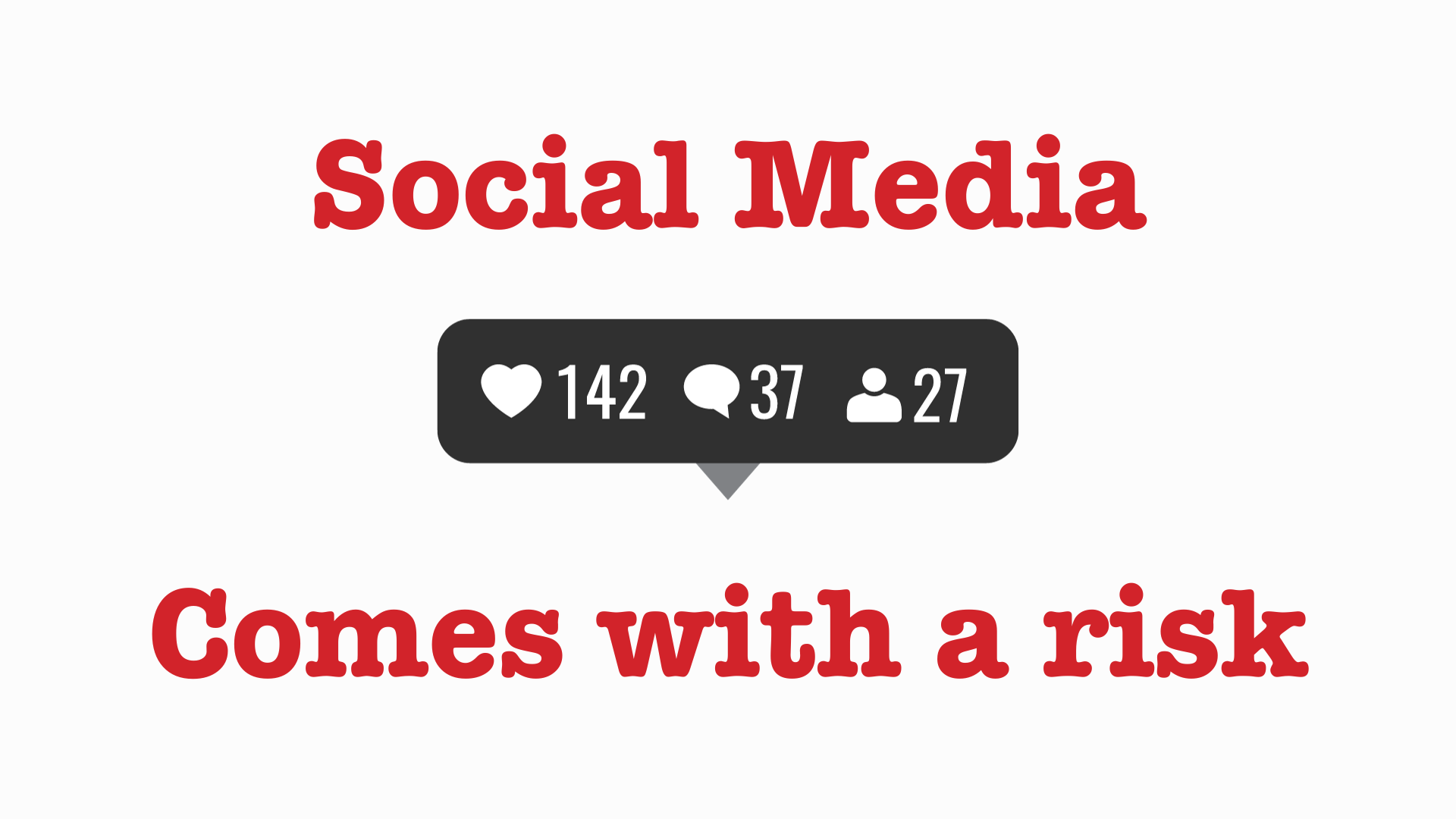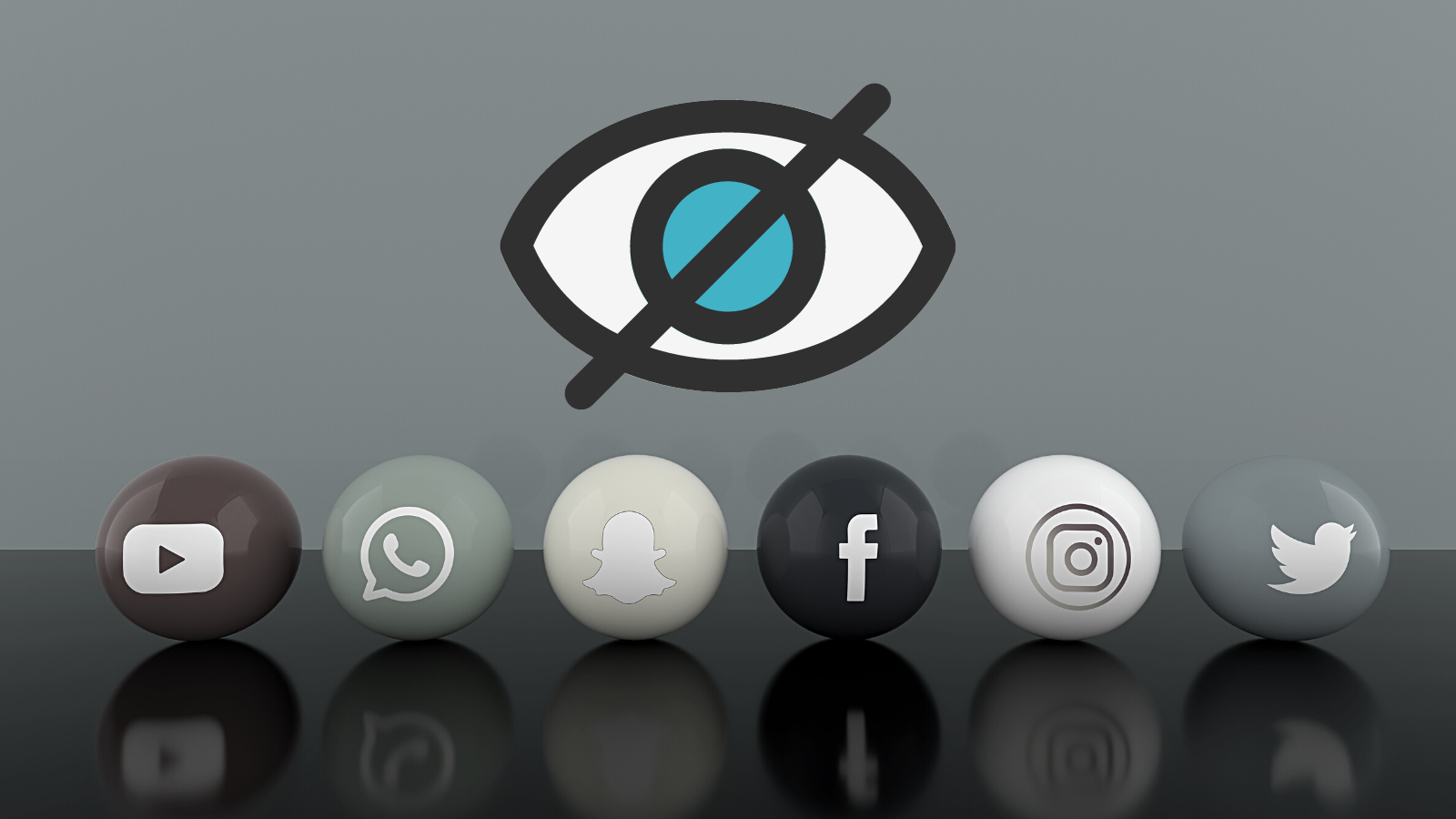Mastering Social Media Safety: Shielding your Business from Cyber Threats
At this point, social media is a part of our daily routine. And what’s even more common is businesses using social media to promote, sell, and have...
In the bustling metropolis of the internet, the social media platform stands as a digital neighborhood where we all gather to chat, share, and connect with mutual friends. But lurking among the friendly profiles, comforting posts and cat memes are a few shady characters. These aren't your typical digital pickpockets. These are cybercriminals who see the endless stream of status updates, selfies, and shared stories of cyber secure social media presence as a treasure trove of opportunity.
As social media continues to become the new norm, cybercriminals are setting their sights on users like never before. They're lurking in the shadows, crafting scams that are becoming increasingly difficult to spot. But fear not, for this isn't just a tale of doom and gloom. It's a reminder that while the social media threats are real, so are the ways to protect ourselves.
We need to get better at staying secure on active social media accounts, and this blog is your guide. Let's navigate the hidden dangers and emerge as savvy, secure citizens of the digital neighborhood.

From instant messaging to sharing life updates, the ease and speed of social networking sites and media communication are undeniable. However, beneath the glossy exterior of social presence lie lurking cyber threats that spread malware that can turn your online experience into a nightmare. To get a better understanding of these cyber attacks, we'll unravel the intricacies of the hidden dangers and threats that cast a shadow over the virtual realm.
One prevalent and insidious menace in the social media security landscape is phishing attacks. These attacks involve cybercriminals masquerading as trustworthy entities to steal sensitive information from compromised accounts. They often use emotional triggers or urgent pleas to manipulate users into taking hasty actions.
The Anti-Phishing Working Group (APWG) reported over 241,324 unique phishing attacks in the first quarter.
Phishing attacks have a success rate of 30%, making them a highly effective method for cybercriminals.
Another cunning threat is social engineering, which leverages psychological manipulation to gain access to personal data in online accounts. Attackers exploit the oversharing nature of social media users, collecting information that can be used for unauthorized account access, or to commit data breaches or identity theft themselves.
Over 90% of cyberattacks involve some form of social engineering.
Social engineering attacks have been a leading cause of data breaches, resulting in millions of exposed records.
Data mining, although not always malicious, can feel invasive as users share more private and sensitive data about their lives online. This practice involves the collection, analysis, and utilization of personal data for various purposes, including advertising. Data and confidential data mining become more sophisticated as users provide more and access personal information online.
Approximately 95% of Facebook's revenue comes from advertising, largely powered by data mining.
Tech giants like Google and Facebook are known for their robust data mining capabilities, making them some of the most lucrative companies globally.
Social media platforms can be breeding grounds for malware attacks. By clicking on malicious links, downloading infected files, or engaging with deceptive content on social media posts, you expose your computer system or device to malware. This can lead to data breaches, financial losses, or other cyber security threats.
Malware attacks on social media have increased by 200% in recent years.
One of the most common types of malware on social media is spyware, aimed at stealing personal information.
Brand Impersonation
Brand impersonation is a common danger on many social media networks. Cybercriminals create counterfeit accounts resembling trusted brands, celebrities, social media companies, or influencers to deceive users. Their goal may involve promoting scams or scam sites, distributing malware, or phishing attempts at swindling users out of money or personal information.
In 2023, the Internet Crime Complaint Center (IC3) received over 900,000 complaints related to online scams, many of which involved brand impersonation on social media.
X (A.K.A Twitter) alone removes millions of fake accounts each month to combat brand impersonation.
The Hidden Dangers of Social Media
In today's digital era, social media platforms offer unparalleled convenience and connectivity. From instant messaging to sharing life updates, the ease and speed of social media communication are undeniable. However, beneath the glossy exterior lie lurking cyber threats that can turn your online experience into a nightmare. In this section, we'll unravel the intricacies of social media threats and the hidden dangers, cyber risks, and threats that cast a shadow over the virtual realm.
Phishing Attacks
One prevalent and insidious menace in the social media security landscape is phishing attacks. These attacks involve cybercriminals masquerading as trustworthy entities to steal sensitive information from targeted users. They often use emotional triggers or urgent pleas to manipulate users into taking hasty actions to steal data.
The Anti-Phishing Working Group (APWG) reported over 241,324 unique phishing attacks in the first quarter of 2022.
Phishing attacks have a success rate of 30%, making them a highly effective method for cybercriminals.
Social Engineering
Another cunning social media threat is the social engineering attack itself, which leverages psychological manipulation to gain access to personal data. Attackers exploit the oversharing nature of social media users, collecting information that can be used for unauthorized access or identity theft.
Over 90% of cyberattacks involve some form of social engineering.
Social engineering attacks have been a leading cause of data breaches, resulting in millions of exposed records.
Data Mining
Data and private data mining, although not always malicious, can feel invasive as users share more and more confidential information and data about their lives online. This practice involves the collection, analysis, and utilization of personal data for various purposes, including advertising. Data mining becomes more sophisticated as users provide more information online.
Approximately 95% of Facebook's revenue comes from advertising, largely powered by data mining.
Tech giants like Google and Facebook are known for their robust data mining capabilities, making them some of the most lucrative companies globally.

Malware Attacks
Social media apps and platforms can be breeding grounds for malware attacks. By clicking on malicious links, downloading infected files, or engaging with deceptive content on your social media accounts or apps, you expose your device to malware. This can lead to data breaches, financial loss, or other cyber-attack threats.
Malware attacks on social media have increased by 200% in recent years.
One of the most common malware types on social media is spyware, aimed at stealing personal information.
Brand impersonation is a common danger on social media. Cybercriminals create counterfeit accounts resembling trusted brands, celebrities, or influencers to deceive users. Their goal may involve promoting scams, distributing malware, or using phishing scams in attempts at swindling users out of money or personal information.
In 2021, the Internet Crime Complaint Center (IC3) received over 791,790 complaints related to online scams, many of which involved brand impersonation on social media.
Twitter alone removes millions of fake accounts each month to combat brand impersonation.
Sharing personal details about your location, schedule, and activities on your mobile devices and your social media accounts can make you susceptible to physical attacks like theft or burglary. Malicious actors gather and collect personal information to exploit your absence or vulnerability.
78% of ex-burglars surveyed said that burglars use social media to target potential victims.
According to a report from the Insurance Information Institute, burglaries lead to over $3 billion in property losses each year.
We dove into the dark side of social media, exposing the lurking cyber threats. But now, let's talk solutions. These are simple yet effective ways to keep your online social life safe. Think of them as your digital guardian angels. Here are the top tips for staying secure on social media sites and keeping your business social media accounts and social network experience enjoyable and risk-free.

Review Privacy Settings: Regularly check and adjust your privacy settings to control who can see your posts and personal information.
Use Strong, Unique Passwords: Create complex and distinct passwords for each social media account.
Enable Two-Factor Authentication (2FA): Add an extra layer of security by enabling 2FA wherever possible.
Think Before You Share: Be mindful of the information you post; once it's online, it's hard to retract.
Avoid Suspicious Links: Don't click on unsolicited links, especially from unknown sources.
Verify Identity of Strangers: Be cautious when interacting with unfamiliar profiles; ask questions and verify identities.
Log Out on Shared Devices: Ensure you log out on shared computers or devices.
Report Suspicious Activity: Use the reporting features provided by social media platforms to report suspicious accounts or actions.
In the digital realm, where convenience meets cybersecurity risk, vigilance is your greatest ally to prevent social media security threats. By staying informed and heeding these tips, you significantly reduce the risk of cyberattacks on personal social media accounts. Remember, your online safety is paramount. Enjoy the endless connections and adventures that social media offers while keeping your digital world secure. Stay safe and stay informed.
.png?width=1100&height=619&name=_Your%20Digital%20Footprint%20(1).png)
At this point, social media is a part of our daily routine. And what’s even more common is businesses using social media to promote, sell, and have...
4 min read

From scrolling through endless memes to connecting with friends and family members, social media has become a cornerstone of our digital lives. But...
4 min read

It's time. The holidays are upon us, a time of joy, togetherness, and celebration. But in recent years, our festivities have taken on a digital...
7 min read
Subscribe to our newsletters for the latest news and insights.
Stay updated with best practices to enhance your workforce.
Get the latest on strategic risk for Executives and Managers.
